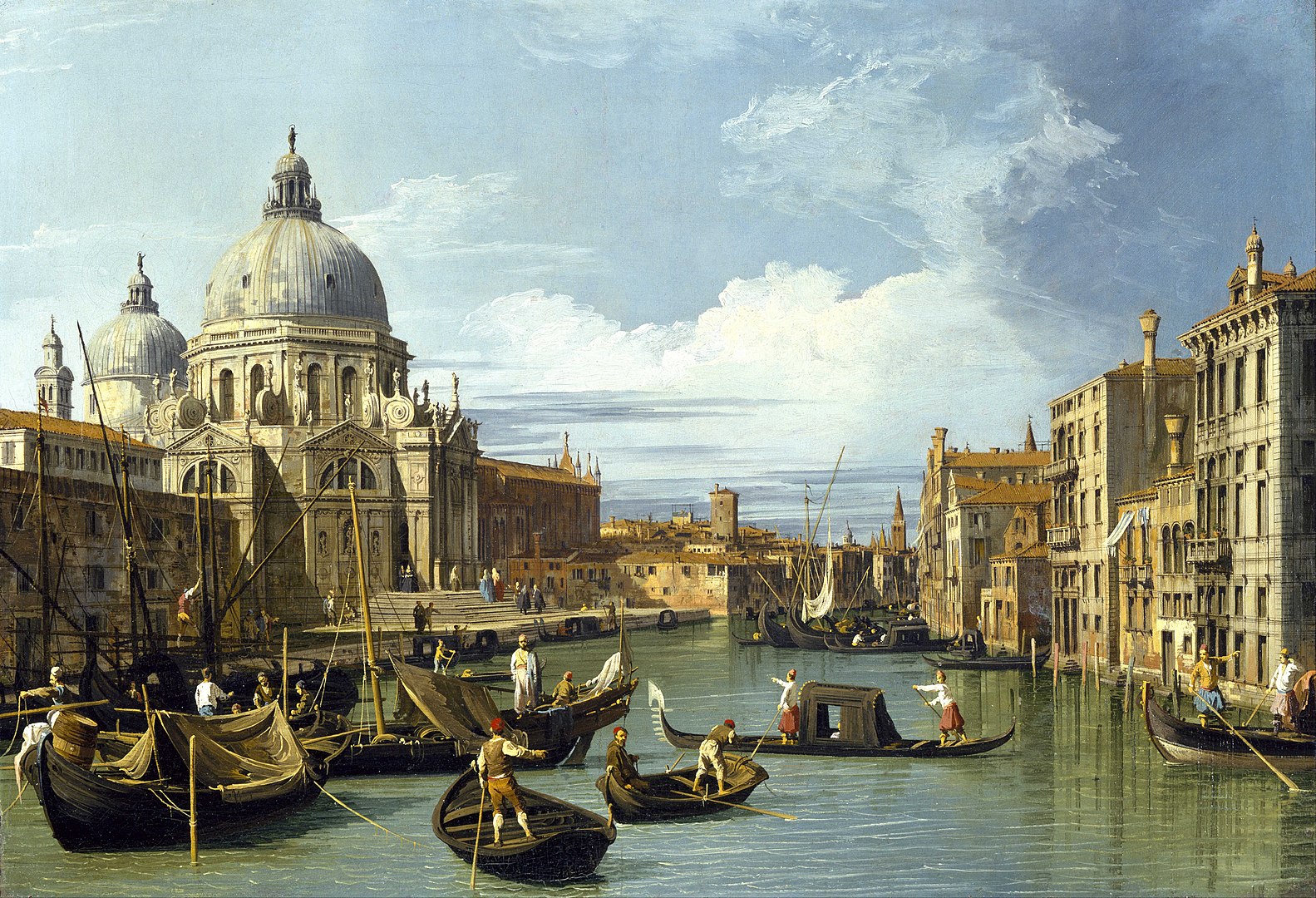
Where is “The Entrance to the Grand Canal, Venice” Located
Who Painted The Entrance to the Grand Canal, Venice
Venice, the city of canals, has long inspired artists to capture its ethereal beauty, but few have done so with the precision and grandeur of Giovanni Antonio Canal, more famously known as Canaletto. Born in 1697, Canaletto was one of the most celebrated Venetian painters of the 18th century, renowned for his detailed and luminous vedute (view paintings). His mastery in depicting the architecture and atmosphere of Venice earned him international recognition, particularly among English patrons, including those on the Grand Tour.
One of Canaletto’s most famous paintings is The Entrance to the Grand Canal, Venice, a masterful composition that captures the vibrancy of Venice’s waterways. Painted in the early to mid-18th century, this artwork exemplifies Canaletto’s skill in representing urban landscapes with remarkable accuracy and an almost photographic realism. His use of light, reflection, and perspective makes the painting not only a visual delight but also a historical document of Venice’s past.
The Meaning of “The Entrance to the Grand Canal, Venice”
At its core, The Entrance to the Grand Canal, Venice is more than just a picturesque representation of a city; it is an artistic exploration of commerce, culture, and daily life in 18th-century Venice. The Grand Canal served as the main thoroughfare of the city, teeming with gondolas, merchant ships, and local citizens going about their day. Canaletto’s painting encapsulates the essence of this bustling activity, providing a glimpse into a time when Venice was a major economic and artistic hub.
The painting’s detailed rendering of architectural landmarks, boats, and reflections on the water creates a sense of movement and liveliness. Canaletto’s precision allows viewers to recognize iconic buildings such as the Dogana da Mar (Customs House), the Santa Maria della Salute basilica, and various historic palazzi lining the canal. These structures not only provide a sense of place but also highlight Venice’s architectural splendor, which continues to draw millions of visitors today.
Through this work, Canaletto also conveys the harmony between nature and human activity in Venice. The sky, water, and built environment blend seamlessly, reflecting the city’s unique character as a place where land and sea are inextricably linked. The painting serves as a timeless reminder of Venice’s enduring beauty and its role as a center of art and culture.
Where is “The Entrance to the Grand Canal, Venice” Located?
Several versions of The Entrance to the Grand Canal, Venice exist, as Canaletto often created multiple renditions of his most popular views. One of the most notable versions is housed in The Royal Collection at Windsor Castle, United Kingdom. This version was acquired by King George III and remains one of the prized possessions of the British royal family. The painting is periodically displayed at various exhibitions, allowing art lovers to admire Canaletto’s craftsmanship.
Other versions of the painting can be found in prestigious museums and private collections worldwide. The National Gallery in London and The Metropolitan Museum of Art in New York also hold similar works by Canaletto, each showcasing his ability to capture Venice’s charm with unparalleled skill.
For those visiting Venice, the actual location depicted in the painting, the entrance to the Grand Canal, remains a must-see destination. Standing near the Punta della Dogana, visitors can witness the same breathtaking view that Canaletto immortalized centuries ago. The Santa Maria della Salute church still dominates the skyline, and the lively traffic of boats and gondolas continues to animate the waters, creating a scene remarkably similar to what Canaletto painted.
How Much is “The Entrance to the Grand Canal, Venice” Worth?
The value of Canaletto’s works has skyrocketed over the years, making them some of the most coveted paintings in the art world. While The Entrance to the Grand Canal, Venice is not frequently on the auction market due to its placement in royal and museum collections, similar paintings by Canaletto have fetched astonishing prices at auction.
In recent years, Canaletto’s works have been sold for tens of millions of dollars. For example, View of the Grand Canal from Palazzo Balbi to the Rialto was auctioned for over $35 million. Given the prestige and historical significance of The Entrance to the Grand Canal, Venice, if it were ever to be sold, it could easily command a price in the range of $50 million or more.
Beyond its financial value, the painting holds immense cultural and artistic worth. As a masterpiece of Venetian vedute painting, it represents a pinnacle of Canaletto’s career and continues to captivate audiences with its breathtaking depiction of Venice’s timeless beauty.
The Entrance to the Grand Canal, Venice by Canaletto ia a witness to the artist’s genius and his ability to bring Venice to life on canvas. With its intricate details, masterful use of light, and historical significance, the painting remains one of the finest examples of 18th-century Venetian art. Whether admired in a museum, studied in art history, or experienced firsthand by visiting Venice, this work continues to inspire and enchant audiences worldwide.
As long as Venice endures, so too will Canaletto’s vision of its grandeur, preserved in The Entrance to the Grand Canal, Venice, a timeless masterpiece that transcends generations and speaks to the eternal allure of the floating city.




